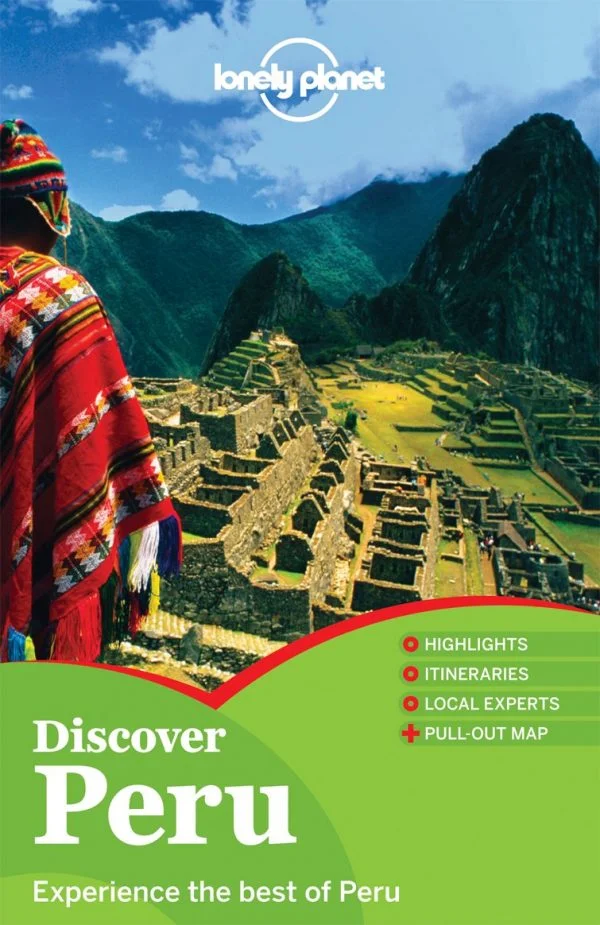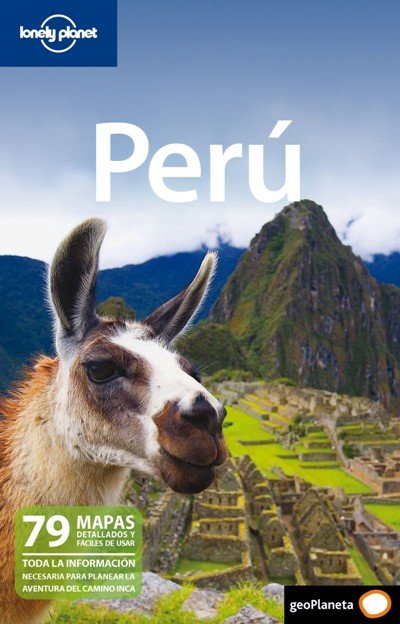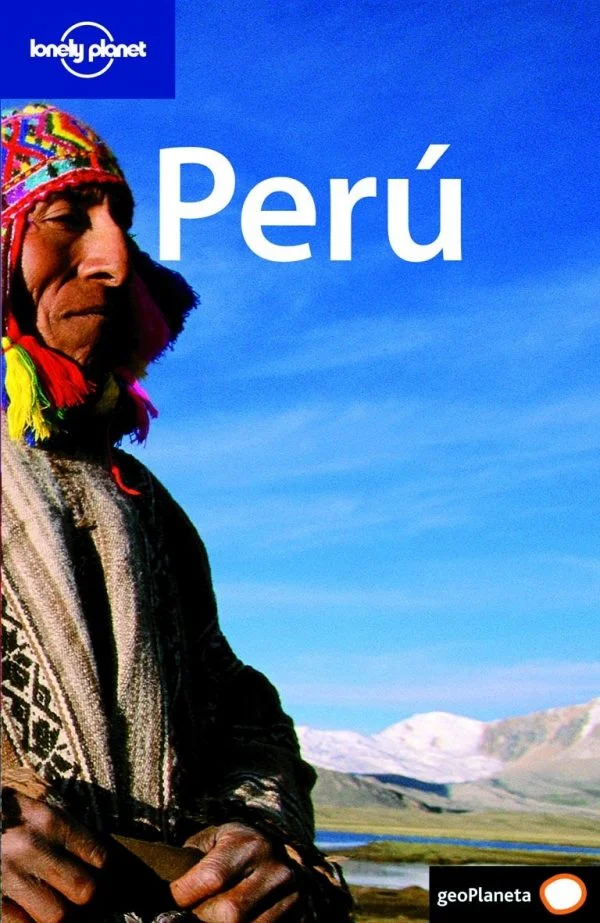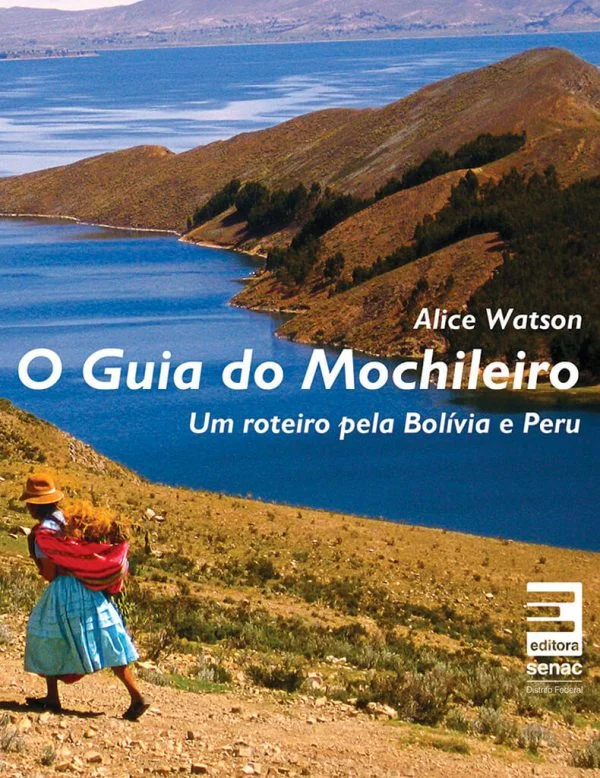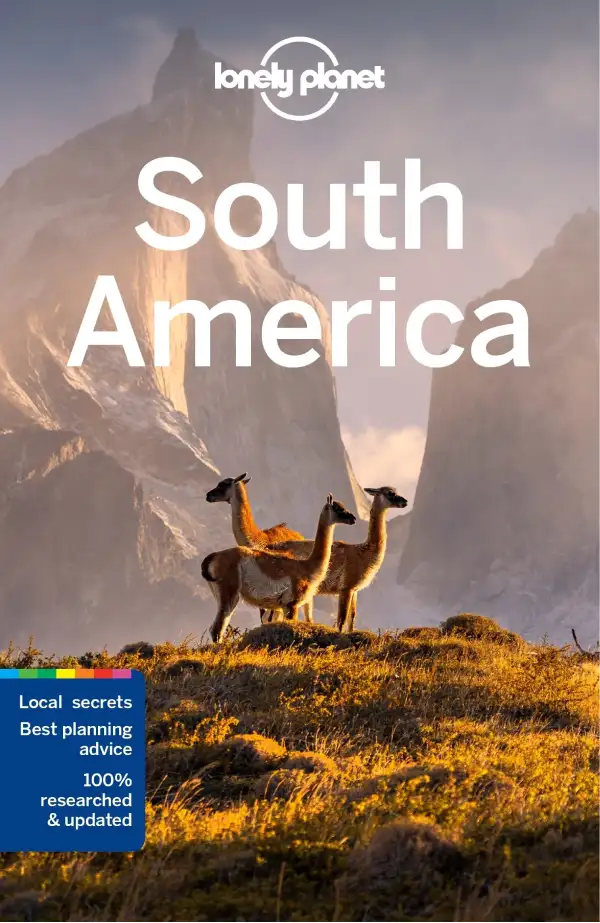
The most unforgettable adventures, chosen by passionate travelers from around the world. Stunning landscapes, rich culture, and thrilling experiences make every trip truly special.
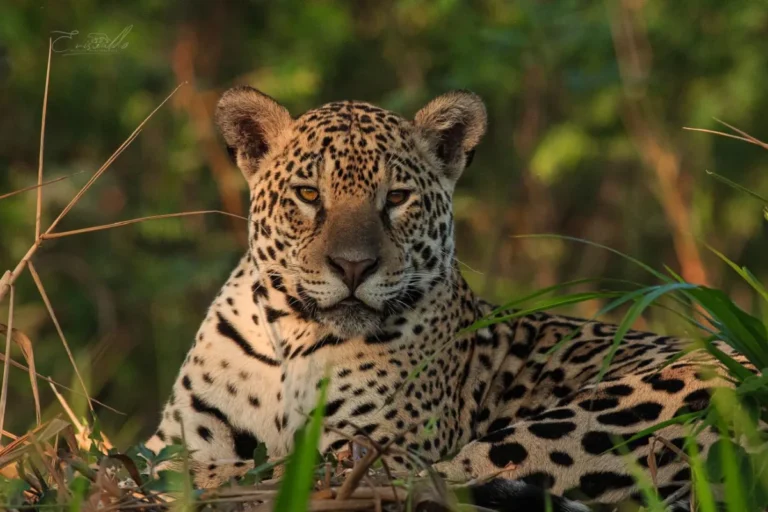
The Brazilian Pantanal is the largest wetland in the world and a natural refuge of incredible biodiversity. It stretches across Brazil, Bolivia, and Paraguay and is considered one of the best places on Earth to observe wildlife in its natural habitat. Hundreds of species inhabit this ecosystem, but the jaguar is the main star, being the most powerful feline in the Americas. This exclusive jaguar watching tour in the Pantanal will take you to explore one of the last natural sanctuaries where these majestic predators are frequently seen. Accompanied by expert guides, you will explore Jaguarland in the state of Mato Grosso, the region with the highest concentration of jaguars in the world. For three days, you’ll enjoy an unforgettable adventure through exciting boat excursions along the Cuiabá River and its tributaries, where you’ll also spot caimans, giant otters, capybaras, and a wide variety of exotic birds. You’ll also take part in guided jungle walks, learning about the amazing vegetation of the Pantanal and discovering signs of local wildlife. At sunset, the sky turns spectacular colors and the sound of nature creates a magical atmosphere. This trip is perfect for wildlife lovers, photographers, and adventure seekers, offering a chance to capture unique images and enjoy an unforgettable experience in one of the most impressive places in South America.
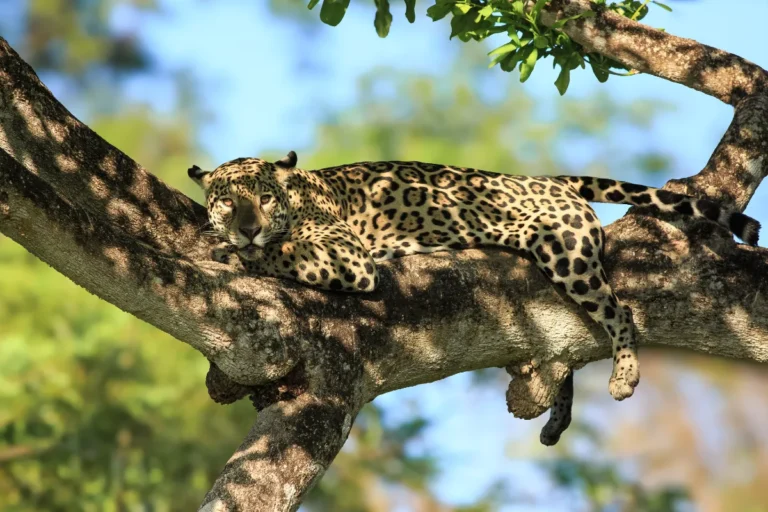
The Brazilian Pantanal is the largest wetland in the world and a natural refuge of incredible biodiversity. It stretches across Brazil, Bolivia, and Paraguay and is considered one of the best places on Earth to observe wildlife in its natural habitat. Hundreds of species inhabit this ecosystem, but the jaguar is the main star, being the most powerful feline in the Americas. This exclusive jaguar watching tour in the Pantanal will take you to explore one of the last natural sanctuaries where these majestic predators are frequently seen. Accompanied by expert guides, you will explore Jaguarland in the state of Mato Grosso, the region with the highest concentration of jaguars in the world. For four days, you’ll enjoy an unforgettable adventure through exciting boat excursions along the Cuiabá River and its tributaries, where you’ll also spot caimans, giant otters, capybaras, and a wide variety of exotic birds. You’ll also take part in guided jungle walks, learning about the amazing vegetation of the Pantanal and discovering signs of local wildlife. At sunset, the sky turns spectacular colors and the sound of nature creates a magical atmosphere. This trip is perfect for wildlife lovers, photographers, and adventure seekers, offering a chance to capture unique images and enjoy an unforgettable experience in one of the most impressive places in South America.
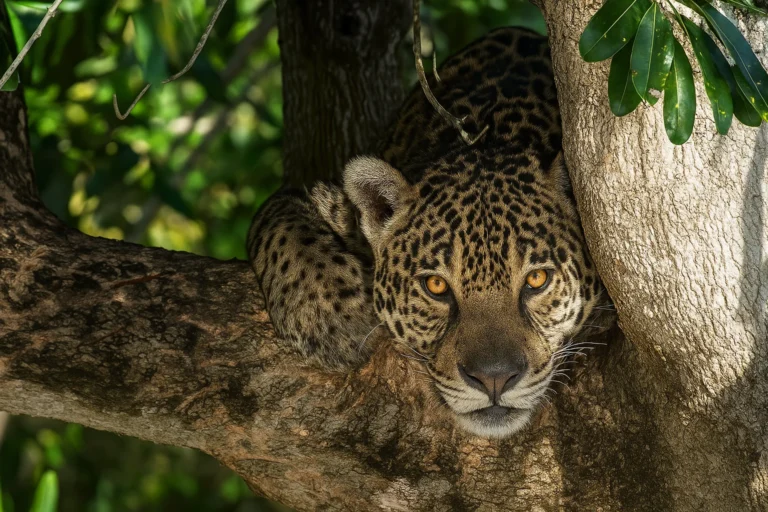
The Brazilian Pantanal is the largest wetland in the world and a natural refuge of incredible biodiversity. It stretches across Brazil, Bolivia, and Paraguay and is considered one of the best places on Earth to observe wildlife in its natural habitat. Hundreds of species inhabit this ecosystem, but the jaguar is the main star, being the most powerful feline in the Americas. This exclusive jaguar watching tour in the Pantanal will take you to explore one of the last natural sanctuaries where these majestic predators are frequently seen. Accompanied by expert guides, you will explore Jaguarland in the state of Mato Grosso, the region with the highest concentration of jaguars in the world. For four days, you’ll enjoy an unforgettable adventure through exciting boat excursions along the Cuiabá River and its tributaries, where you’ll also spot caimans, giant otters, capybaras, and a wide variety of exotic birds. You’ll also take part in guided jungle walks, learning about the amazing vegetation of the Pantanal and discovering signs of local wildlife. At sunset, the sky turns spectacular colors and the sound of nature creates a magical atmosphere. This trip is perfect for wildlife lovers, photographers, and adventure seekers, offering a chance to capture unique images and enjoy an unforgettable experience in one of the most impressive places in South America.

Discover the incredible biodiversity of the Brazilian Pantanal, the world’s largest wetland, which stretches across three countries: Brazil, Bolivia, and Paraguay. This unique region is home to many fascinating species, including a large number of jaguars—majestic felines that are often difficult to spot in the wild. Our Jaguar Tour in the Pantanal offers a rare chance to see these amazing animals up close, in their natural environment. During this journey, you’ll explore one of the top regions for jaguar sightings in Brazil, where you’ll have the opportunity to observe them in ways you can’t anywhere else. The tour combines thrilling boat rides along rivers and lagoons with jungle walks, giving you the chance to spot not only jaguars but also caimans, capybaras, exotic birds, and much more. We invite you to join this unforgettable adventure, where you’ll enjoy unique experiences such as boat safaris and jungle treks for wildlife watching, as well as birdwatching. Our expert guides will accompany you throughout the trip, sharing insights about the Pantanal ecosystem and helping you identify different animal species. They’ll ensure a close-up experience with the wild nature of the Pantanal—always with respect for the animals and their habitat. This tour is not only a great chance to see jaguars but also a meaningful ecotourism experience that will connect you with nature in a deep and respectful way. You’ll enjoy the best jaguar-watching experience in their natural habitat and take home unforgettable memories from a place few have had the privilege to explore.

Discover the Brazilian Pantanal, the largest wetland in the world, shared by three countries: Brazil, Bolivia, and Paraguay. This place is truly magical, with an amazing variety of animals and plants. It is home to one of the largest jaguar populations in the world. If you love wildlife and nature, this is the perfect place for you. On our exclusive jaguar tour in the Pantanal, you’ll enjoy a once-in-a-lifetime experience. You’ll have the chance to see jaguars in their natural home, in the wild, doing things you wouldn’t see in a zoo—like hunting caimans and capybaras. You’ll be in a very special place, the Encontro das Águas Ecological Reserve, located in the state of Mato Grosso, Brazil. During the trip, you’ll explore the vast Brazilian savannas and enjoy exciting boat safaris that bring you up close to animals in their natural habitat. You’ll also venture into the jungle to discover everything the Pantanal has to offer. This place is a true paradise for nature and adventure lovers, full of incredible wildlife that will leave you speechless.

Explore the incredible biodiversity of the Brazilian Pantanal, the largest wetland in the world, stretching across Brazil, Bolivia, and Paraguay. This place is a unique ecosystem, teeming with life, where thousands of species of animals and plants reside. It is a natural paradise and one of the best places in the world to observe wildlife in its natural habitat. One of the main protagonists of this ecosystem is the jaguar, the largest cat in the Americas. The Pantanal is home to one of the largest populations of jaguars, making it the best place in the world to see them in the wild. Unlike other places, here jaguars are easier to spot as they tend to stay close to rivers and lagoons. With our jaguar spotting tour in the Pantanal, you will have the opportunity to explore the natural habitat of these majestic felines and see them up close as they rest, walk, or hunt. Accompanied by expert guides, you will travel on boat and 4×4 vehicle safaris, allowing you to explore different areas of the Pantanal and discover its rich natural wealth. In addition to jaguars, on this trip you will also see caimans, capybaras, monkeys, tapirs, and many exotic birds. Throughout the journey, you will learn about the importance of conservation in this ecosystem and how the species that live here interact with one another. This tour is an unforgettable experience for those who love nature and want to embark on a unique adventure in one of the most stunning places in the world.
The most visited tours in Peru, Brazil, and Bolivia. Discover the magic of Machu Picchu, embark on an unforgettable journey through the Brazilian Amazon rainforest, and marvel at the stunning Salar de Uyuni. Each tour offers unique adventures filled with culture, nature, and excitement, perfect for every traveler.

The classic Inca Trail to Machu Picchu is one of the most famous treks in the world and the most popular in Peru. It can be done in two versions: a 2-day trek and a 4-day trek. For either option, a special permit called the “Inca Trail permit” is mandatory. Spots are very limited, so many people book their permits months in advance—sometimes even up to a year ahead. The general recommendation is to make a reservation 6 to 8 months in advance to secure a spot. The classic 2-day Inca Trail is the only route that allows you to visit Machu Picchu twice. One of the most iconic points of the trek is Inti Punku, also known as the “Sun Gate”, which offers a panoramic view of Machu Picchu before reaching the citadel. You’ll also pass through Wiñayhuayna, an impressive archaeological complex with agricultural terraces and Inca structures. Machu Picchu, the final destination of the route, is one of the wonders of the world and a symbol of the Inca Empire’s grandeur. Its temples, plazas, and terraces showcase the advanced engineering and profound astronomical knowledge of this civilization. To explore the citadel, there are different circuits that allow you to discover its most important structures. For more information about the different circuits within Machu Picchu, you can click here (Machu Picchu circuits).

The Inca Jungle Trek to Machu Picchu, also known as the Multi Sport Tour to Machu Picchu, is the most adventurous option in Cusco. This tour combines downhill mountain biking, class III and IV rafting, hiking through Cusco’s high jungle, and ziplining, considered the highest in Peru. The adventure ends at the impressive citadel of Machu Picchu, one of the Seven Wonders of the World and a dream destination for thousands of travelers. We offer 3, 4, and 5-day tours. This route was born as an alternative to the Classic Inca Trail, which used to sell out quickly. Over time, new activities were added, making it an exciting option for those seeking adrenaline and contact with nature. Although this tour is designed for adventurers, no previous experience is required, making it ideal for all types of travelers, including families and groups looking to explore Machu Picchu in a different way. The Inca Jungle Trek was created, organized, and popularized by Lorenzo Cahuana, who developed this route as an innovative way to reach Machu Picchu. Unlike other treks, no support staff or camping is needed, as travelers stay in local hotels and enjoy meals at family-run restaurants, promoting sustainable tourism that strengthens the local economy. In the last 15 years, the economy of many families has improved significantly. Thanks to this growth, communities continue to improve the route, discovering new paths and adding attractions to enrich the travel experience. Each year, more adventurers choose this alternative to reach Machu Picchu, enjoying breathtaking landscapes and an authentic connection with nature. If you’re looking for an unforgettable experience that combines sports, adventure, and culture,

This 5-day tour combines adventure, nature, and history, taking you from Cusco to Machu Picchu through various exciting activities and breathtaking landscapes. We start with a trip to Abra Málaga (4,350 m.a.s.l.), where we begin an exciting bike descent for about 55 km, crossing a climate change from snow-capped mountains to the tropical jungle. Then, in Santa Maria (1,200 m.a.s.l.), you’ll have the option to go rafting on the Vilcanota River (category III and III+). The next day, in Lucmabamba, you can participate in the coffee experience, where you’ll learn about its cultivation and production. For the more adventurous, there is the option to do a zip line. Then, we begin a hike on an original section of the Inca Trail, ascending to Llactapata, where we’ll have a panoramic view of Machu Picchu and the snow-capped Salkantay. We continue with a descent to the Hydroelectric Station, enjoying spectacular views of the jungle. On the way, we visit Intihuatana, an Inca archaeological site related to astronomy. Finally, we arrive in Aguas Calientes, where we prepare for the most awaited day. The journey culminates with a hike on the Short Inca Trail, starting at Chachabamba (2,250 m.a.s.l.) and ascending to Wiñaywayna, one of the most impressive archaeological sites on the trail. From the Sun Gate (Intipunku), we will have our first view of Machu Picchu, an unforgettable moment. This trip offers a perfect combination of adventure, culture, and spectacular landscapes, making it a unique experience before reaching the magical Machu Picchu citadel.

Live a unique experience in Peru with this tour to Machu Picchu, Rainbow Mountain, and the Tambopata National Reserve, designed for travelers seeking adventure, culture, and nature in a single trip. Discover the imposing Inca citadel of Machu Picchu, marvel at the incredible colors of the Seven Color Mountain (Vinicunca), and explore the biodiversity of the Amazon rainforest in Tambopata, home to macaws, monkeys, and lush tropical flora. This travel package includes transfers, professional guiding, selected accommodation, and meals, ensuring a comfortable and well-planned experience. Designed for those who want to make the most of their trip to Peru, this 6-day tour combines trekking, living culture, and ecotourism in globally renowned destinations. Due to high demand, it is recommended to book in advance, especially to secure entry tickets to Machu Picchu and train seats. Experience the best of Cusco, the Rainbow Mountain, and the Peruvian Amazon in a perfectly structured itinerary for adventurers and nature lovers.

Embark on an extraordinary 7-day journey that combines the most impressive destinations in southern Peru. This carefully structured itinerary will allow you to explore the majestic Sacred Valley of the Incas, discover the enigmatic citadel of Machu Picchu, marvel at the vibrant colors of Rainbow Mountain, and connect with the ancestral cultures of Lake Titicaca. A travel experience that blends archaeology, adventure, and living traditions in the Peruvian Andes. This tour package offers a unique opportunity to discover four of Peru’s most extraordinary attractions: the fertile Sacred Valley, the nerve center of the Inca Empire; the imposing citadel of Machu Picchu, a UNESCO World Heritage Site; the spectacular Rainbow Mountain with its unique geological formations; and the ancestral islands of Lake Titicaca. Sacred Valley Tour: The Agricultural Heart of the Inca Empire The Sacred Valley tour is one of the most enriching experiences of the trip. Surrounded by towering mountains and fertile lands, this valley was the agricultural, religious, and military hub of the Inca civilization. During the visit, you’ll explore historically significant locations such as: Chinchero: Known for its alpaca wool weavings and its colonial church built upon Inca foundations. Moray: A complex of circular terraces used as an agricultural laboratory by the Incas. Maras Salt Mines: Over 3,000 salt ponds that have been harvested since pre-Inca times. Ollantaytambo: A town that retains its original Inca urban layout and hosts an impressive fortress. Machu Picchu: The Lost City of the Incas The highlight of the journey is the visit to Machu Picchu, built in the 15th century and considered one of the most important archaeological wonders in the world. During the guided tour, you will explore: The Temple of the Sun and the Intihuatana, showcasing the Incas’ advanced astronomical knowledge. The agricultural terraces, which demonstrate the Inca Empire’s hydraulic engineering. The option to hike Huayna Picchu for panoramic views (advance booking required). Our certified guides will share the secrets of this UNESCO World Heritage Site. Rainbow Mountain: The Mineral Rainbow of the Andes At 5,200 meters (17,060 ft) above sea level, Rainbow Mountain amazes visitors with its colorful mineral-striped slopes formed over millions of years. The experience includes: Guided hike with professional assistance and supplemental oxygen. Geological explanations about the mountain’s unique formation. Photo opportunities at the summit with spectacular views. Uros & Taquile Islands: Living Cultures of Lake Titicaca On the highest navigable lake in the world (3,812 meters / 12,507 ft above sea level), you’ll discover: Uros Floating Islands: Built entirely from totora reeds, where you’ll learn about the traditions of this lake-dwelling culture. Taquile Island: Famous for its textiles, declared Intangible Cultural Heritage by UNESCO, with a traditional lunch included. This comprehensive 7-day tour package is designed to offer you an unforgettable experience, blending the best of Peru’s cultural and natural heritage with maximum comfort and safety. From the awe-inspiring archaeological remains of the Inca Empire to the most breathtaking natural landscapes and living traditions still preserved today, this journey will give you memories that last a lifetime.
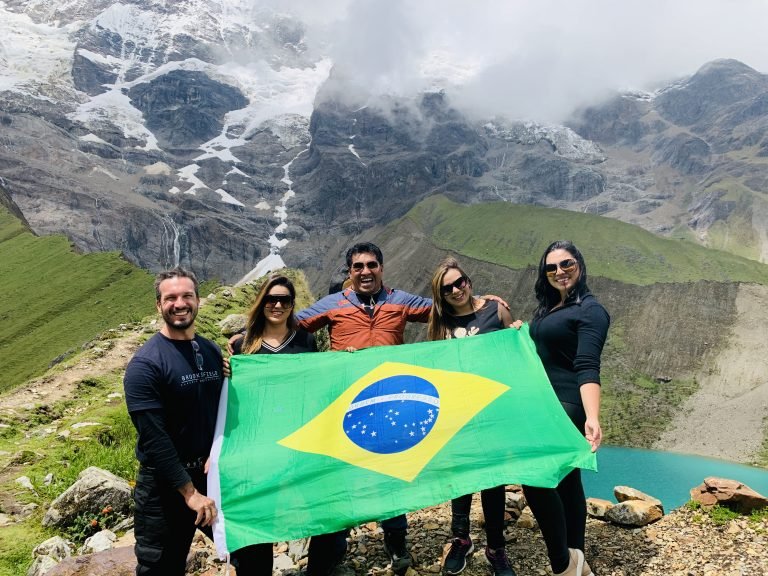
This tourist package to Machu Picchu, Sacred Valley, Rainbow Mountain, and Humantay Lagoon offers a unique experience to explore some of the most stunning destinations in Peru. Through a carefully designed itinerary, travelers will have the opportunity to visit the majestic Machu Picchu Mountain, explore the historic Sacred Valley of the Incas, admire the beauty of Humantay Lagoon, and marvel at the spectacular Rainbow Mountain (Vinicunca or Winikunka), also known as Rainbow Mountain. This journey combines culture, history, and nature, providing the opportunity to discover breathtaking landscapes, important archaeological sites, and living traditions that have endured over the centuries. Machu Picchu: The Sacred City of the Incas One of the most anticipated moments of this 6-day Machu Picchu tour package is the visit to the legendary Inca citadel. Machu Picchu, built in the 15th century, is considered one of the most impressive archaeological wonders in the world. During the tour, visitors will have the chance to explore temples, terraces, and plazas that still hold the mystery of Inca engineering. Additionally, for those seeking a more challenging experience, there is the option to ascend to Huayna Picchu Mountain, where visitors can enjoy an unparalleled panoramic view of the citadel. Our certified guides will provide detailed information about the history, architecture, and secrets that surround this site, which has been declared a UNESCO World Heritage Site. For those who wish to have a unique experience, there is the possibility of admiring the sunrise at Machu Picchu (subject to ticket availability). Sacred Valley: A Place Full of History and Tradition The excursion to the Sacred Valley is one of the most enriching experiences of the trip. This valley, surrounded by imposing mountains and fertile land, was the agricultural, religious, and military center of the Incas. During the visit, travelers will explore places of great historical and cultural value: Chinchero: A town famous for its alpaca wool textiles and its colonial church built on ancient Inca foundations. Moray: An impressive set of circular terraces used by the Incas as an agricultural laboratory to adapt crops to different microclimates. Salineras de Maras: A unique landscape made up of more than 3,000 salt pools that have been exploited since pre-Inca times. Ollantaytambo: An Inca town that retains its original design and houses one of the most impressive fortresses of the Inca Empire. Exploring the Sacred Valley allows you to understand the greatness of the Inca civilization and the strategic importance of this region in its development. Humantay Lagoon: A Turquoise Mirror in the Andes Located more than 4,200 meters above sea level, Humantay Lagoon is a must-see destination for nature and adventure lovers. Its turquoise waters, formed by the melting of glaciers, contrast with the imposing mountainous landscape that surrounds it. The hike to the lagoon is a moderate trek that passes through trails surrounded by unique vegetation. During the ascent, our guides provide supplemental oxygen and strategic breaks to ensure a safe and comfortable experience. Upon arrival, travelers can relax, take spectacular photographs, and enjoy the energy of this magical place. Rainbow Mountain: A Natural Wonder in the Andes Also known as Rainbow Mountain (Vinicunca), Rainbow Mountain is one of the most striking landscapes in Peru. Located at 5,100 meters above sea level, its unique coloration is due to the sedimentation of minerals that, over millions of years, formed stripes of red, green, yellow, and purple tones. The ascent to the summit represents a moderate challenge, but the panoramic view that is gained upon reaching the top is an invaluable reward. To ensure the safety of travelers, our professional team offers support and assistance throughout the hike. Tour to Machu Picchu from Cusco: Important Information To ensure the best experience on this Machu Picchu tour from Cusco, the following aspects should be considered: Advance Reservations: Due to high demand, it is recommended to purchase entrance tickets to Machu Picchu and train tickets as early as possible. Altitude Acclimatization: A day of acclimatization in Cusco is included to minimize the effects of altitude sickness and ensure a more enjoyable experience. Professional Assistance: The tour includes certified guides, private transportation, and safety measures, including emergency oxygen for travelers. This 6-day Machu Picchu tourist package has been designed to offer a complete and unforgettable experience, allowing travelers to discover the best of Cusco and the Peruvian Andes in one trip.
Discover the most popular destinations in Peru, Brazil, and Bolivia. Explore the wonders of Machu Picchu, the impressive Brazilian Amazon Rainforest, and the majestic Salar de Uyuni. Each country offers unique experiences full of culture, nature, and adventure, perfect for all types of travelers.
The latest news from Lorenzo Expeditions is here: new routes, unique experiences, and everything that happens behind each adventure.
Additionally, you'll find useful tips, travel recommendations, and exclusive content to help you experience your next expedition with Lorenzo Expeditions like never before.
Find answers to common questions about our tours in Peru, Brazil, and Bolivia. Learn about booking procedures, tour inclusions, and travel recommendations. Whether you’re planning to visit Machu Picchu, the Brazilian Amazon, or the Salar de Uyuni, we provide all the essential details for an unforgettable adventure.
The hike to Humantay Lake is of moderate difficulty. It is about 1.5 km of steep ascent, which might cause shortness of breath if you’re not used to the altitude. However, with a steady pace and some breaks, anyone with average physical condition can manage it.
No, the Inca Jungle Trek is a safe route, as long as you follow the guides’ instructions and take the necessary precautions. This route combines several adventure activities, such as mountain biking, hiking, and optionally rafting and ziplining. All of these activities are carried out with proper equipment in good condition, and you will have experienced and trained guides to handle any emergencies. By following the recommendations and using the provided safety gear, you can enjoy this experience in a safe and exciting way.
You don’t need to be a professional hiker, but it’s important to have good physical condition. The Salkantay Trek is challenging due to its steep terrain and altitude, as it crosses the Salkantay snow-capped peak, which is over 4,600 meters above sea level. The hike can be demanding, especially due to the altitude and low temperatures in some sections, so it is recommended to acclimatize beforehand and be prepared for the physical effort.
The best time to do a jaguar safari in the Pantanal is during the dry season, from June to October. During these months, the water level drops, making it more likely to spot jaguars as they come out more frequently along the riverbanks in search of prey. This is the ideal time to observe them in their natural habitat, as they can be seen hunting caimans and capybaras, providing spectacular opportunities for wildlife photography. Additionally, the weather is more stable, and visibility in the forest is better, which makes it easier to spot other iconic Pantanal species.
Yes, in some cases, it is essential to book well in advance. For example, the Inca Trail is one of the most in-demand routes and has a daily quota, so it tends to sell out several months in advance, especially during the high season (from May to September). If you plan to do it, it’s ideal to book at least 4 to 6 months in advance.
On the other hand, alternative routes such as the Salkantay Trek or the Inca Jungle Trek tend to have more availability and do not require as much advance booking, but it is still recommended to reserve a few weeks ahead, especially if you are traveling during the high season. This will ensure your spot, allow you to choose the best agency, and organize your itinerary with peace of mind.
Yes, in fact, this is one of the best times because the famous “mirror effect” forms on the ground, reflecting the sky. During this season, from December to April, the water accumulated on the salar’s surface creates the stunning “mirror effect,” reflecting the sky and generating unique landscapes. However, it’s important to note that some areas of the salar may become inaccessible due to flooding, which could affect certain routes or activities, such as visiting Incahuasi Island. Still, the experience of seeing the salar transformed into a vast natural mirror is unforgettable.
The best time to spot jaguars in the Pantanal is during the dry season, from May to October. During these months, the water levels drop, forcing the animals to concentrate along the riverbanks. This makes it much easier to observe these majestic felines, as they spend more time near the rivers and in open areas. Additionally, the weather is more pleasant for visitors, with warm temperatures and less rainfall.
No, prior experience is not required to enjoy a jaguar safari in the Pantanal. The tours are designed to be accessible to everyone, from beginners to those with previous wildlife observation experience. During the jaguar safari, you will be accompanied by our expert guides, who will help you identify jaguars and other species you may encounter along the way. They will ensure you have a comfortable and safe experience, regardless of your level of knowledge.
The best time for sport fishing in the Pantanal is during the dry season, from May to October. During these months, the water levels drop, concentrating the fish in more accessible areas, making it easier to catch them. This is the ideal time to fish for species like dorado and tucunaré while enjoying pleasant weather.
However, be aware of Piracema, a fish spawning period that typically lasts from November to February. During these months, fishing is restricted to protect aquatic life and allow species to reproduce properly.
Yes, it is entirely possible to combine a jaguar safari with a sport fishing tour in the Pantanal. We offer both tours and can customize a package according to your preferences, allowing you to enjoy the best of both the terrestrial and aquatic wildlife of the Brazilian Pantanal. This gives you the opportunity to experience the thrill of seeing jaguars in their natural habitat while also experiencing sport fishing for dorado and tucunaré, or any other species you wish to fish in the Pantanal. It’s a perfect way to make the most of your time in this unique ecosystem.
Discover why our adventurers always return with unforgettable stories and recommend our expeditions. Enjoy a unique experience full of adrenaline and fun.
At Lorenzo Expeditions, we are proud to have earned the trust of thousands of clients who have enjoyed unique experiences in breathtaking destinations. Our travelers have explored wonders like Machu Picchu, ventured into the vibrant Amazon rainforest, and experienced unforgettable adventures across Brazil, Peru, and Bolivia.
Thanks to their support and recommendations, we’ve been able to offer a service that exceeds expectations, providing a safe, personalized journey full of discovery. Join them and live your own adventure with us!
The TripAdvisor Awards are a recognition of excellence in the tourism industry. Thanks to reviews and ratings from travelers, companies like Lorenzo Expeditions have been awarded for their quality and exceptional service. These awards reflect customer satisfaction and highlight the best tour operators worldwide.
CERTIFICATE OF EXCELLENCE
2019
CERTIFICATE OF EXCELLENCE
2020
CERTIFICATE OF EXCELLENCE
2021
CERTIFICATE OF EXCELLENCE
2022
CERTIFICATE OF EXCELLENCE
2023
CERTIFICATE OF EXCELLENCE
2024
Lorenzo Expeditions ha sido ampliamente recomendado en diversas plataformas turísticas gracias a su excelente servicio y experiencias inolvidables. Viajeros de todo el mundo han compartido reseñas positivas, lo que lo posiciona como una de las mejores opciones para aventuras y expediciones.

